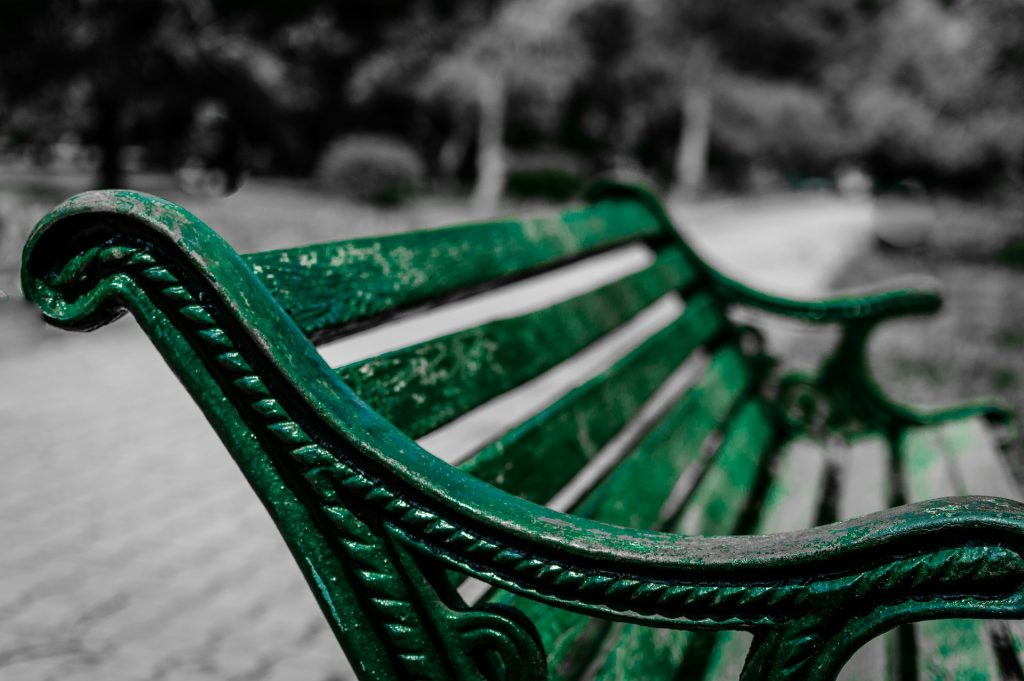How often do you spend time at local parks? If you can’t remember when you last visited one, you’re not alone.
A new study published in the American Journal of Preventative Medicine took a look at who is using the public parks across the U.S., as well as how frequently they’re visiting them. Nationwide, the researchers discovered that the average neighborhood park of 8.8 acres had a median use of 20 people per hour. This is the equivalent of 1,533 person hours of weekly use.
 The researchers were also able to conclude that there was a definitive difference in park usage in low-income neighborhoods and high-income neighborhoods. In wealthier communities, there was greater usage, likely due to more outreach efforts and programs. The study authors determined that programming and marketing was associated with associated with 63 percent more hours of moderate-to-vigorous physical activity per week in high-income neighborhood parks. It was 37 percent in low-income community parks.
The researchers were also able to conclude that there was a definitive difference in park usage in low-income neighborhoods and high-income neighborhoods. In wealthier communities, there was greater usage, likely due to more outreach efforts and programs. The study authors determined that programming and marketing was associated with associated with 63 percent more hours of moderate-to-vigorous physical activity per week in high-income neighborhood parks. It was 37 percent in low-income community parks.
“The findings establish national benchmarks for park use, which can guide future park investments and management practices to improve population health,” wrote the authors of the report. “Offering more programming, using marketing tools like banners and posters, and installing facilities like walking loops, may help currently underutilized parks increase population physical activity.”
It’s also worth noting that seniors represented just 4 percent of park users. However, they made up 20 percent of the general population. Additional facilities and walking trails could potentially encourage individuals to visit public parks more frequently, according to Andrew Mowen, a professor of recreation, park and tourism management at Penn State University.
Despite the lack in public park visits, older Americans may not necessarily be less physically active. Take the mall walking program, for example, which has been promoted by the Centers for Disease Control and Prevention.
“Malls are attractive places for walking because they provide a sheltered indoor environment free from the dangers of traffic congestion, and can be used most days of the year regardless of weather or seasonal differences,” states the “Mall Walking” resource guide, published by the CDC. “Security staff are usually present so people feel less fearful and vulnerable when walking in malls than in more unpredictable environments.”
Whether it’s public parks or malls, isn’t it just good to hear that people are exercising?
Sources
Belza B, Allen P, Brown DR, Farren L, Janicek S, Jones DL, King DK, Marquez DX, Miyawaki CE, Rosenberg D. “Mall walking: A program resource guide.” University of Washington Health Promotion Research Center. Published 2015.
Cohen, Deborah. Han, Bing. Nagel, Catehrine. Harnik, Peter. McKenzie, Thomas. Evenson, Kelly. Marsh, Terry. Williamson, Stephanie. Vaughan, Christine. Katta, Sweatha. “The First National Study of Neighborhood Parks.” American Journal of Preventative Medicine. Published May 18, 2016.
Hobson, Katherine. “Girls and Older Adults are Missing Out on Parks for Recreation.” NPR. Published May 18, 2016.
